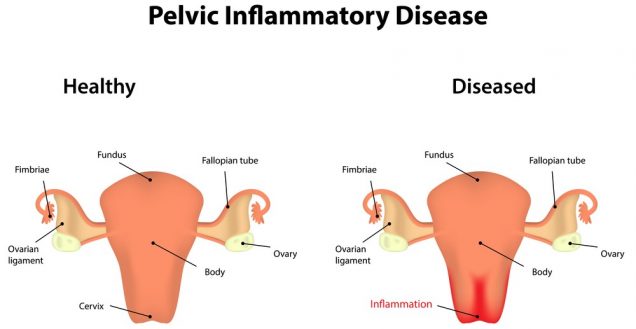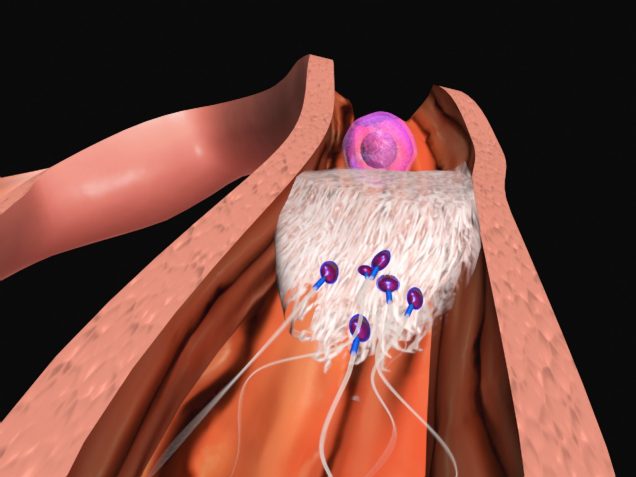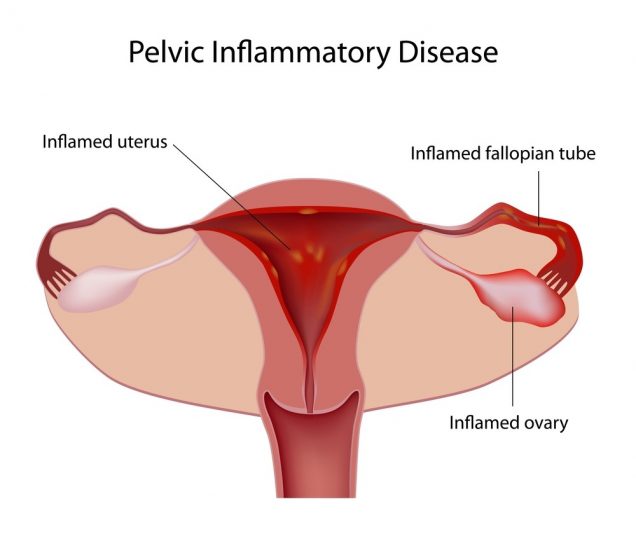Pelvic Inflammatory Disease (PID)
Contents
What is PID?
Pelvic Inflammatory Disease, commonly known as PID, is an infection affecting the female reproductive organs. PID typically comes as a complication of various sexually transmitted diseases, mainly caused by Chlamydia or Gonorrhea bacteria. When left untreated, PID can lead to serious, often irreversible damage to the female reproductive system, namely uterus, ovaries and fallopian tubes.
Untreated PID is the most common reason for female infertility that can be prevented. Every year over a million women in the United States alone fall into an episode of PID. As a consequence, more than 100,000 of them face infertility every year. Apart from that, PID is responsible for a large amount of ectopic pregnancies. Teenagers are more likely to contract the disease.
What causes Pelvic Inflammatory Disease?
Gonorrhea and Chlamydia are the most typical causes of Pelvic inflammatory Disease, responsible for over 90% of all cases. Abortion, childbirth and other pelvic operations are among other causes.
In a healthy body the cervix prevents bacteria from entering the internal reproductive organs from the vagina. However, when exposed to sexually transmitted diseases, namely gonorrhea and chlamydia, the cervix gets infected and loses its protective functions, allowing the infections and bacteria to reach the upper genital tract and reproductive organs.
How is PID contracted?
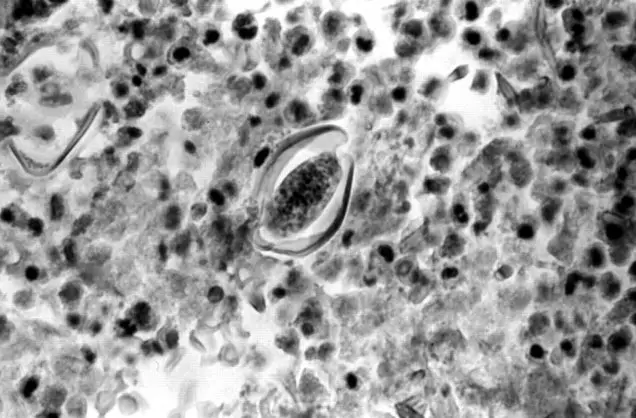
Being mainly caused by other sexually transmitted diseases, PID is easily transmitted if a person is exposed to risk factors and follows controversial sexual behavior.
Here are the factors that make women susceptible to Pelvic Inflammatory Disease:
- Having several sexual partners;
- Having an untrustworthy sexual partner who might have other contacts rather than you;
- Having had PID before;
- Being sexually active young person, particularly under 25;
- Douching might help bacteria enter the upper genital organs and hide any sorts of uncommon discharge that could help diagnose an infection;
- Using IUD (intrauterine device) for the purpose of birth control.
What are the symptoms of PID?
Like many other sexually transmitted diseases, PID may develop mild symptoms or show no symptoms at all. This makes it important to pay regular visits to a doctor to monitor your health condition. If PID has developed any symptoms, they may include:
- Numb pain in the lower part of the belly or in the lower abdominal area;
- Any abnormal discharge from the vagina. Commonly yellow or green with unpleasant smell;
- Pain or burning during urination;
- Mild fever;
- Nausea or vomiting;
- Painful sensations or bleeding during sex;
- Bleeding in between periods.
How do I know if I have PID?
As long as there can be no symptoms at all or just minor symptoms of PID, it is important to visit your doctor on regular basis or every time after you have been exposed to sexually transmitted infections through unprotected sex and other types of risky behavior.
Young women under 25 are particularly prone to contracting the disease and should pass the tests on yearly basis. Also, if you notice any uncommon symptoms, do not hesitate to report to your doctor and follow his recommendations.
There is no particular test for PID, however, a doctor can diagnose the infection by the combination of visual examination, pelvic exam, vaginal discharge analysis or urine tests. The pelvic exam involves a cotton swab sample test from the vagina and cervix. It is sent to the lab for analysis that determines whether you have the organisms causing the infection. If deemed necessary by the doctor, you may be asked to pass through further tests, including:
- ultrasound test that allows to see the images of your reproductive organs using sound waves;
- endometrial biopsy, which means that your doctor will remove a tiny piece of the uterine lining for further tests;
- laparoscopy, or the insertion of a thin instrument to your abdomen through a small cut to examine the pelvic organs.
Pelvic Inflammatory Disease treatment. Is there a cure for PID?
It is important to diagnose the disease on early stages and start the treatment as soon as possible. Otherwise PID can develop serious complications and cause drastic damage to reproductive system that cannot be undone. If your tests say you have the infection, your doctor will likely prescribe antibiotics. If oral antibiotics do not prove efficient, you might be offered hospitalization for intravenous treatment. It is essential that your sexual partner also received complete treatment even if he doesn’t have any symptoms.
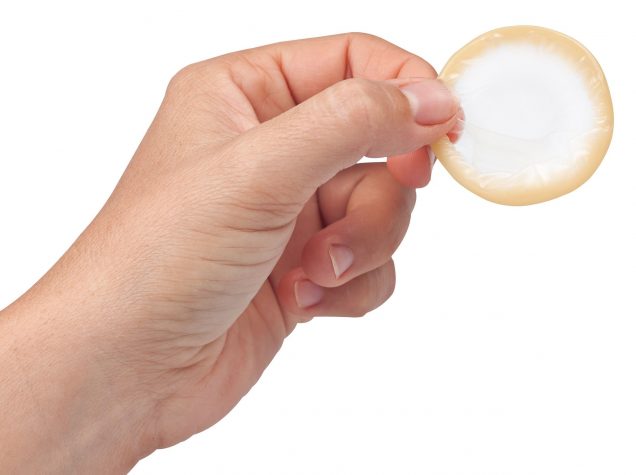
If he does not take medications, you can get re-infected once you get back to sexual life. Make sure to complete your treatment course and do not stop taking medications prescribed by the doctor even if the symptoms go away.
If antibiotics do not cure the infection and PID causes abscesses (collection of pus formed by inflamed tissues), surgery can be necessary. The abscesses will be removed to prevent them from causing infection spreading through the pelvis or abdomen. Depending on the situation, surgery may be executed through laparoscopy or laparotomy. They are major surgical operations, performed under anesthesia. The most serious cases involving the formation of abscesses on the uterus or ovaries might require hysterectomy or oophorectomy (removal of the uterus or the ovaries).
FAQ
Is Pelvic Inflammatory Disease curable?
Yes, PID is curable with antibiotics or surgery. However, it should be noticed that the efficiency of the treatment depends on how long PID has been damaging your body. If diagnosed early, the disease can be cured relatively easy with antibiotics. However, when given time, Pelvic Inflammatory Disease can develop serious consequences and lead to infertility.
How to prevent PID?
90% of PID cases are caused by Gonorrhea and Chlamydia. Like most other sexually transmitted diseases, they are usually contracted during all kinds of sexual contacts. Hence, to prevent PID it is recommended to have monogamous relations with a trusted partner and use condoms whenever having sex. It is extremely important to visit your doctor on regular basis and pass routine exams to be sure of staying healthy. Even if you have contracted one of the STDs, it still takes some time to develop into PID, so having your health under control can help you prevent the disease or reduce its impact on your body.
What problems could PID cause?
When diagnosed and cured on early stages, PID can cause none or relatively mild damage. However, if left untreated for a long time, PID can develop the following complications:
- Constant pelvic or abdominal pain, particularly during sexual intercourse or ovulation, due to scars on the fallopian tubes or other pelvic organs;
- Formation of scar tissues outside or/and inside the fallopian tubes, leading to their blocking;
- Ectopic pregnancy. The fertilized egg cannot reach the uterus through the fallopian tube to implant. This can cause vast bleeding and requires emergency surgery;
- Female infertility. Recurring or chronic PID increases the chances of infertility.

